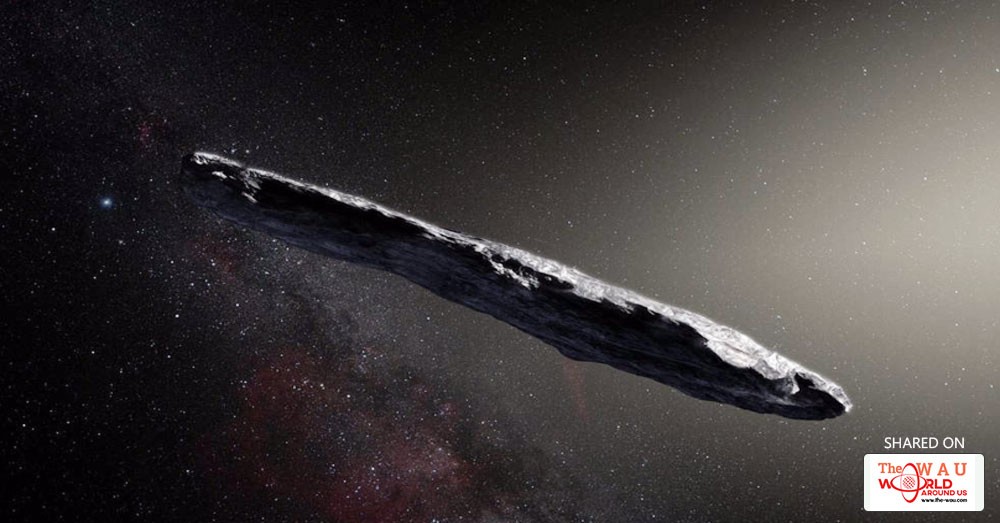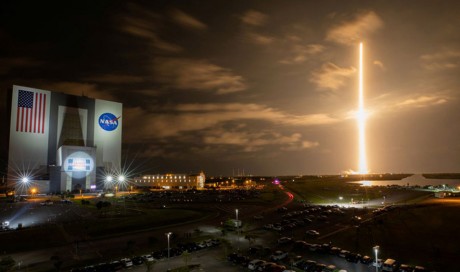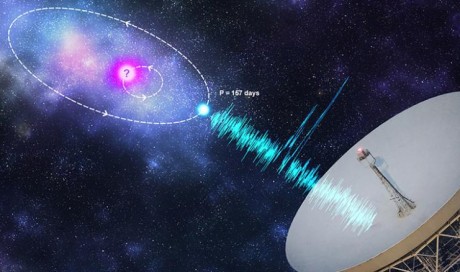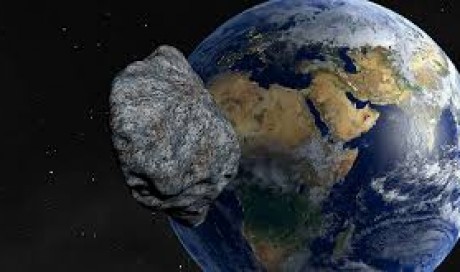A mysterious object was spotted making its way past our sun last month and astronomers are now certain that it came from another solar system. Exciting. Don't believe us? Check it out for yourself.
The cigar-shaped object, which has been given the catchy moniker of 1I/2017 U1('Oumuamua), is the first space rock to be identified as forming around another star. It was spotted by a telescope in Hawaii on 19 October, appearing as a faint light moving across the sky.
After further observations by scientists it was concluded that the object originated outside of our solar system.
According to the journal Nature, the dark red object is about 400 metres (1,312ft) long and could be 10 times as long as it is wide. Its name comes from the Hawaiian for 'messenger'.

It was initially thought it had travelled from star Vega, which is 25 lightyears away, but Vega wasn't in its present position 300,000 years ago when the object's journey would have started. So, scientists now believe it's possibly an 'interstellar wander' that has ended up in our solar system.
Dr Karen Meech, from the Institute for Astronomy in Hawaii, said: "Oumuamua may well have been wandering through the Milky Way, unattached to any star system, for hundreds of millions of years before its chance encounter with the solar system."
The asteroid properties suggest it could have a high metal content and that it lacks 'significant amounts' of water or ice, so there's probably no aliens on there.
Its red colour is due to the impact of cosmic rays bouncing off its surface for millions of years.
Meech continued: "This unusually large variation in brightness means that the object is highly elongated.
"We also found that it has a dark red colour, similar to objects in the outer solar system, and confirmed that it is completely inert, without the faintest hint of dust around it."
Observations will continue until the middle of next month, when it will be too far away to be detected, NASA reports.
Paul Chodas, manager of the Center for Near-Earth Object Studies at NASA's Jet Propulsion Laboratory, said: "What a fascinating discovery this is!
"It's a strange visitor from a faraway star system, shaped like nothing we've ever seen in our own solar system neighbourhood."
Must Read : World’s First Human Head Transplant Successfully Carried Out
Share This Post















